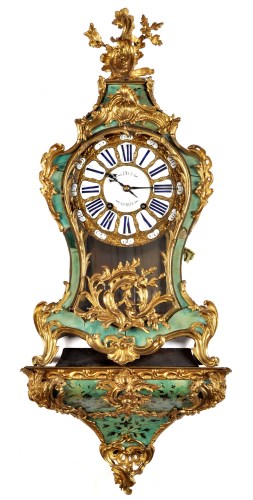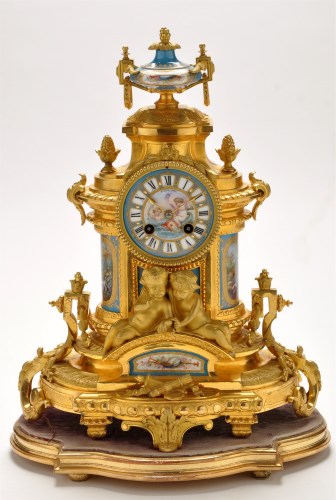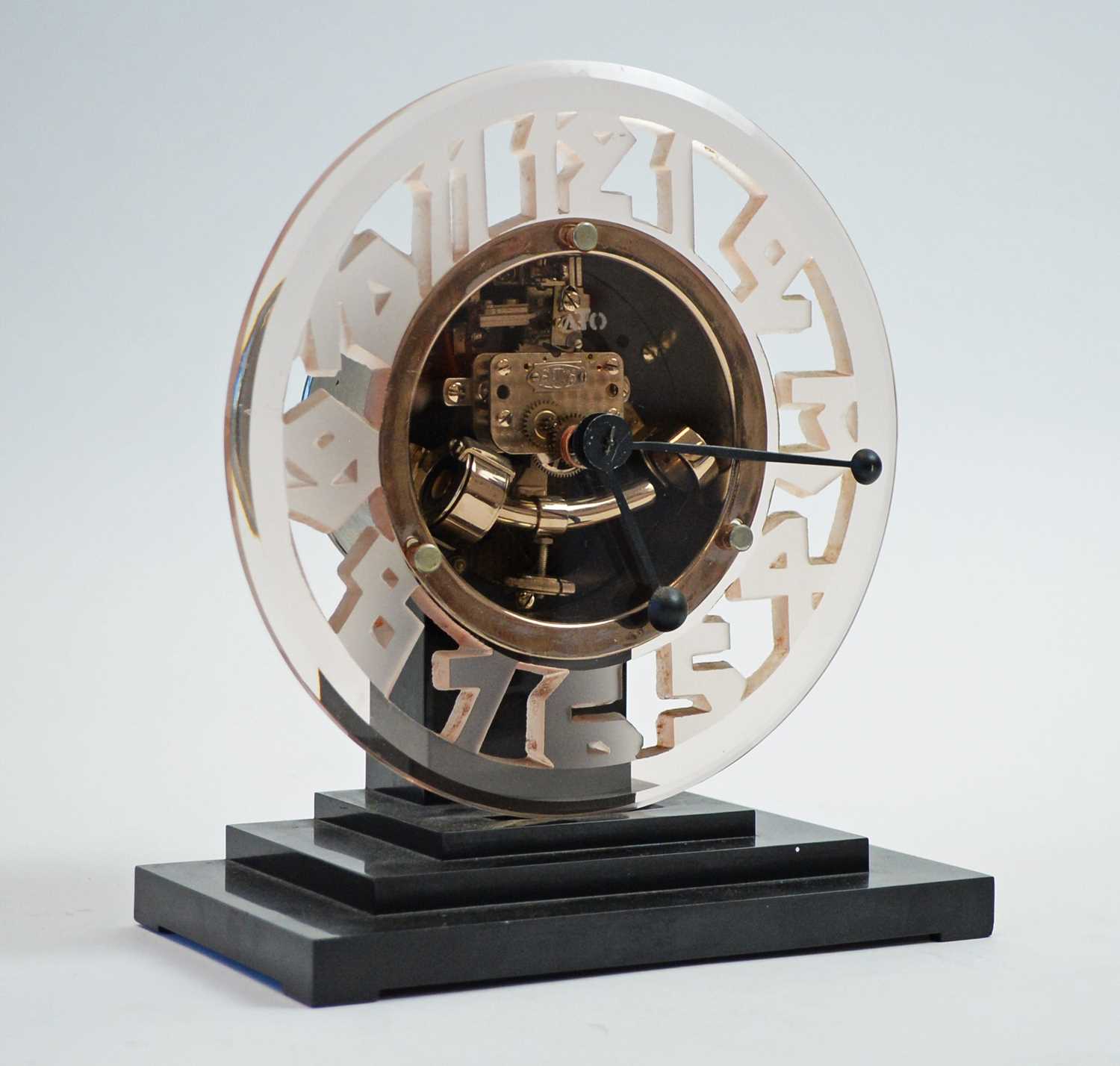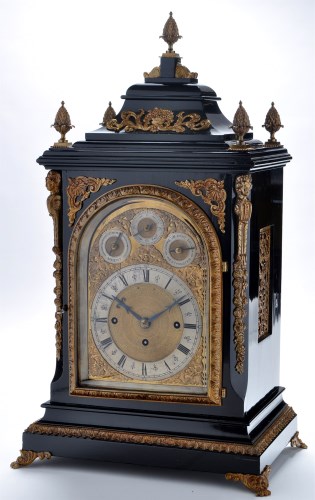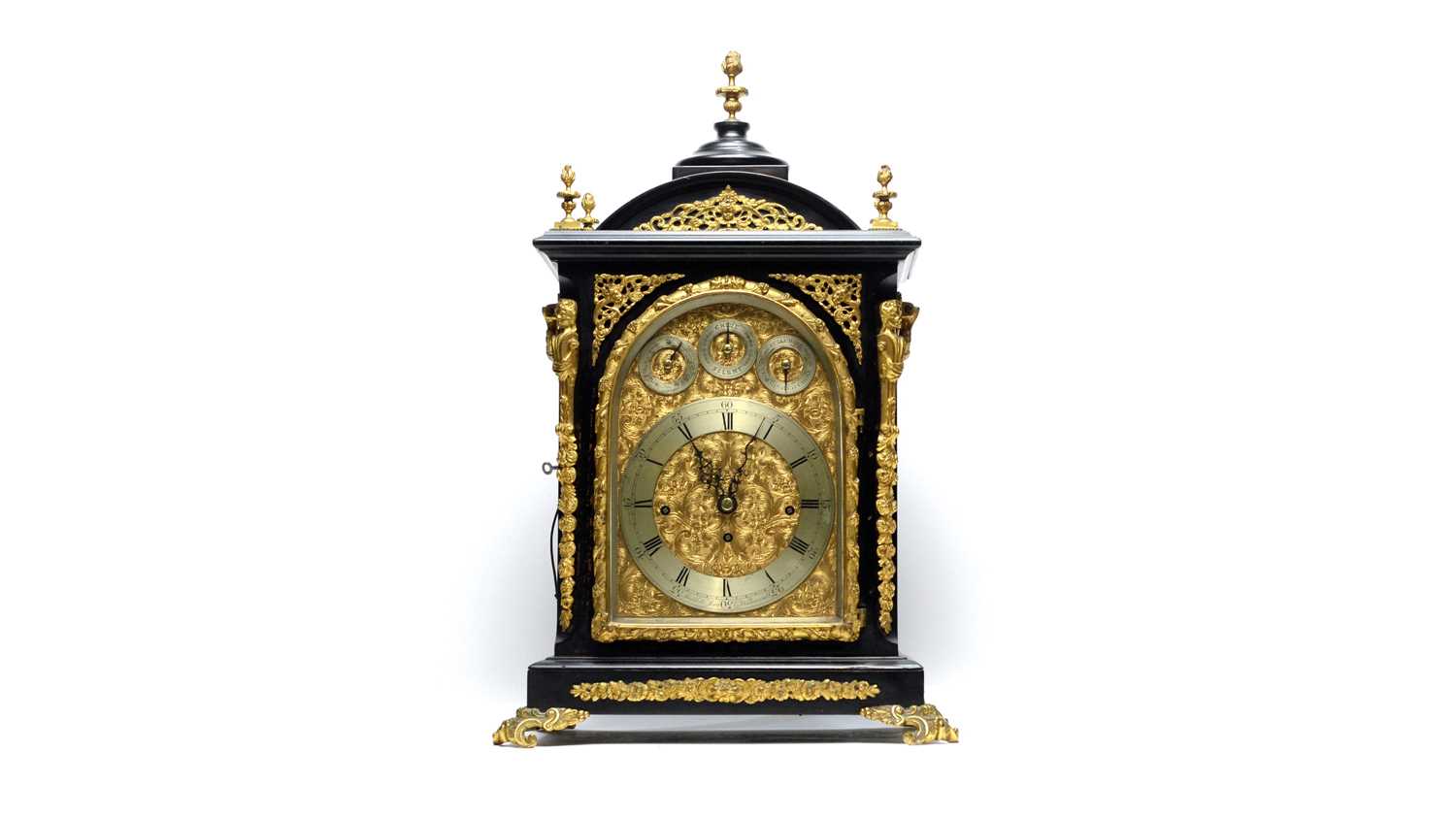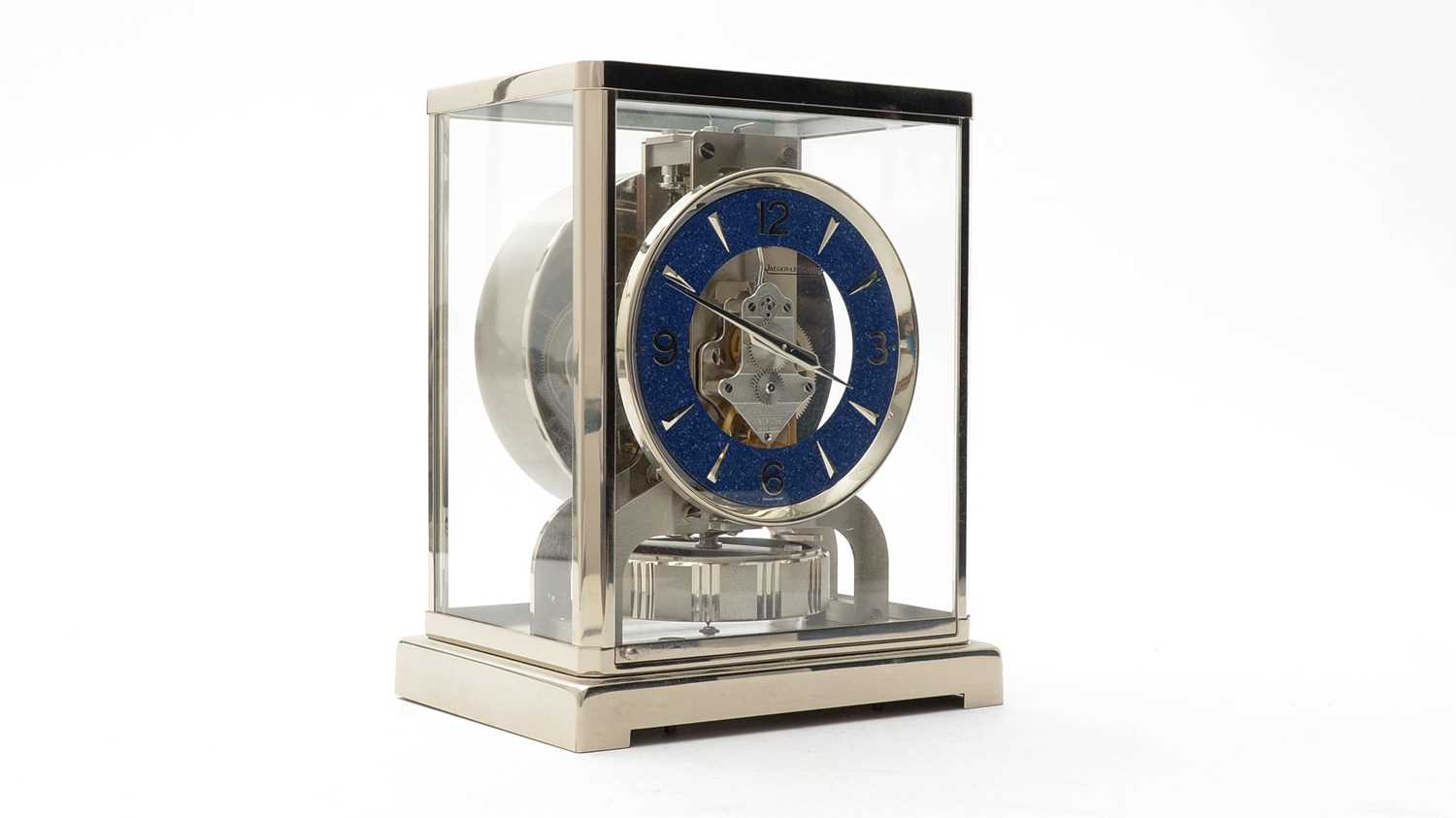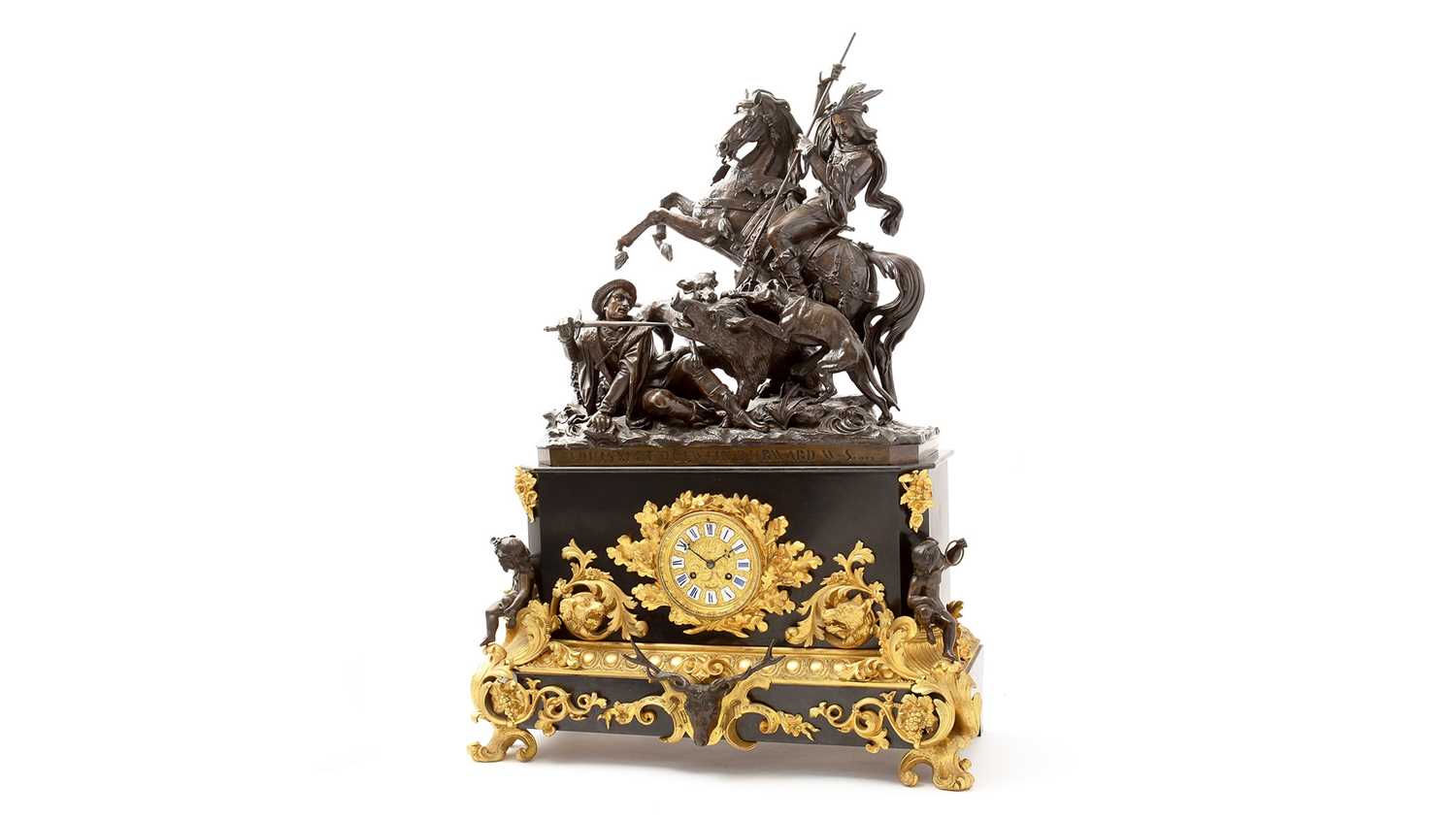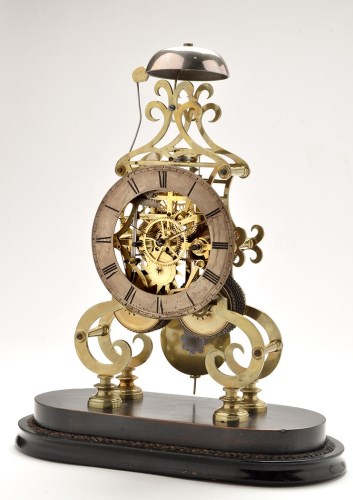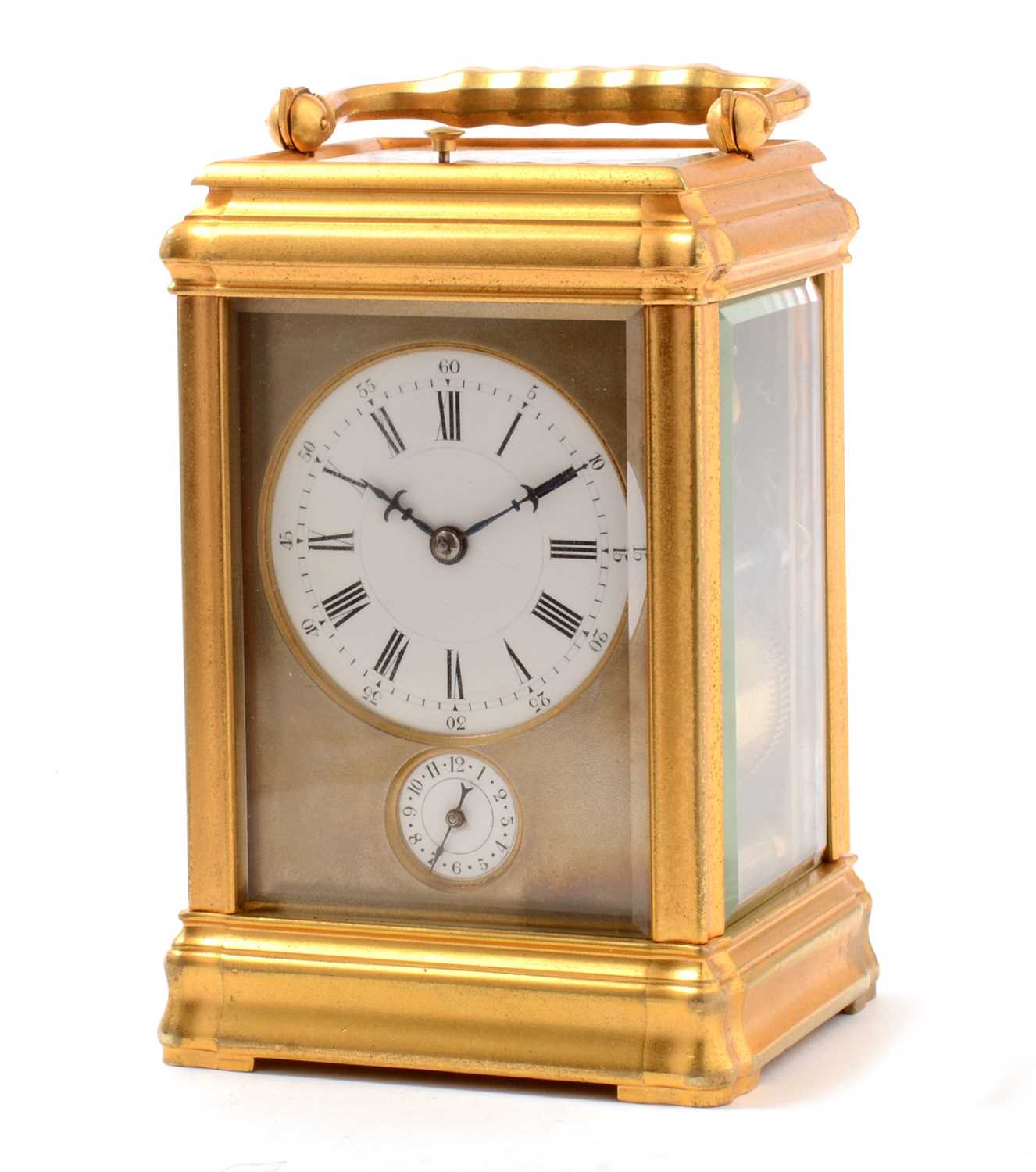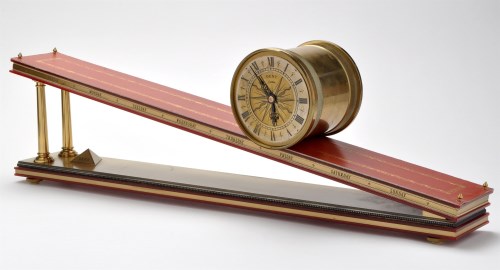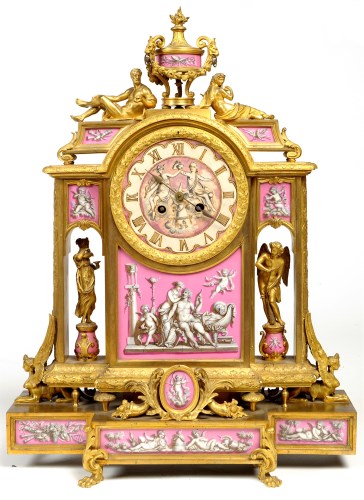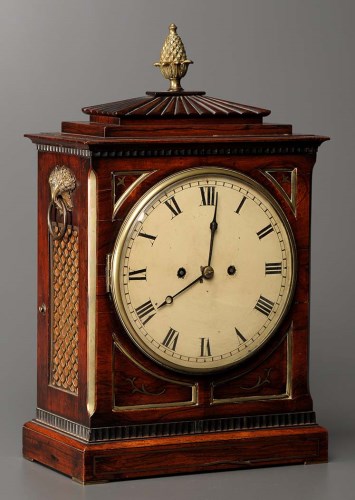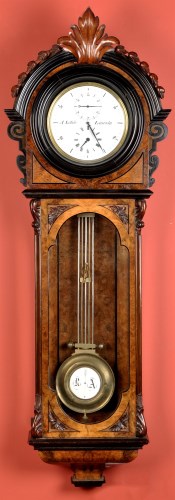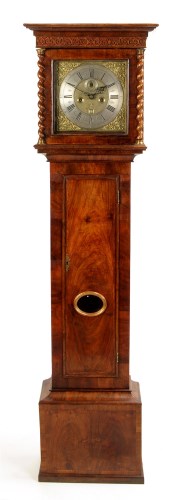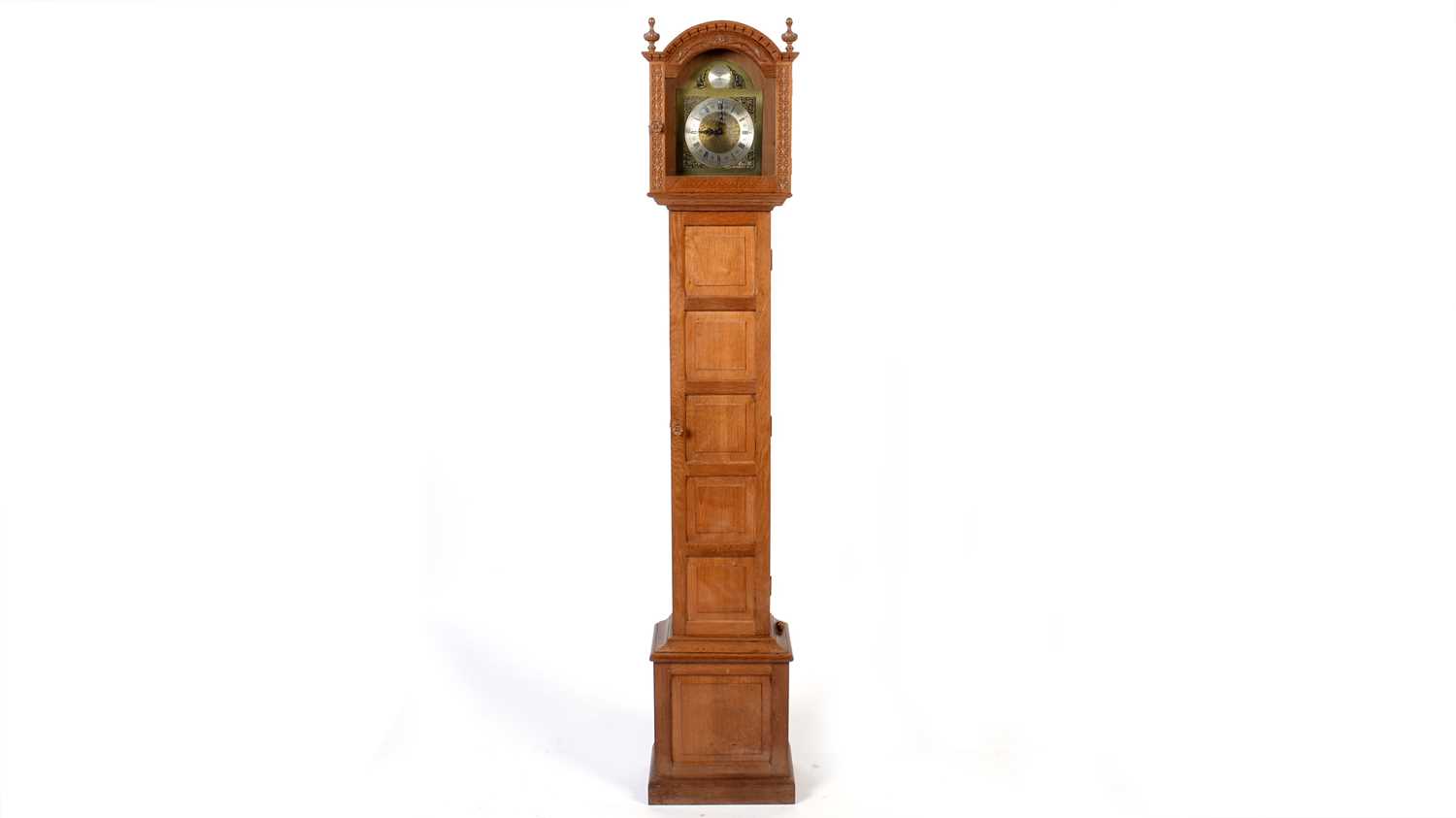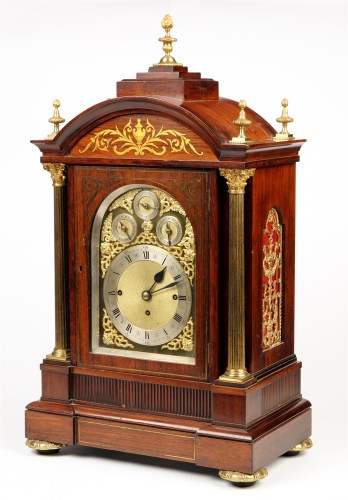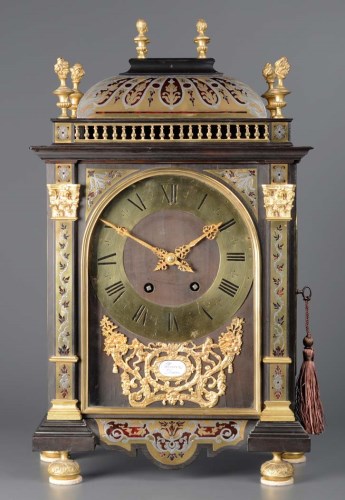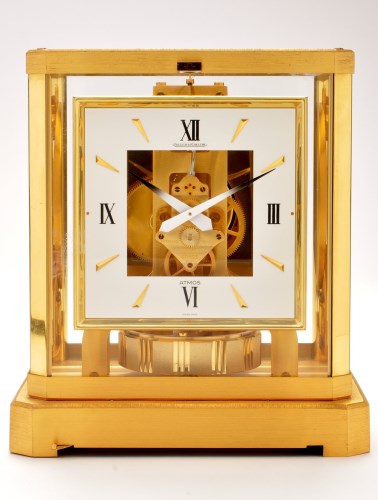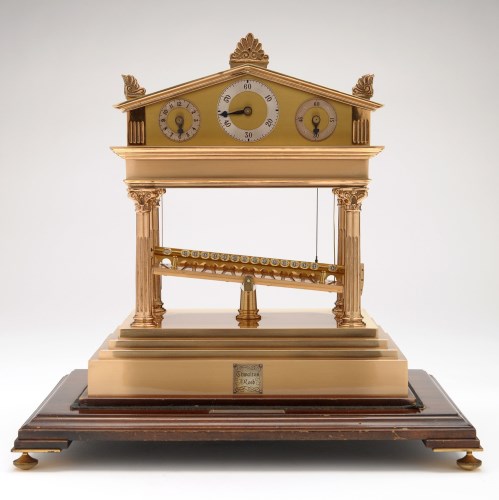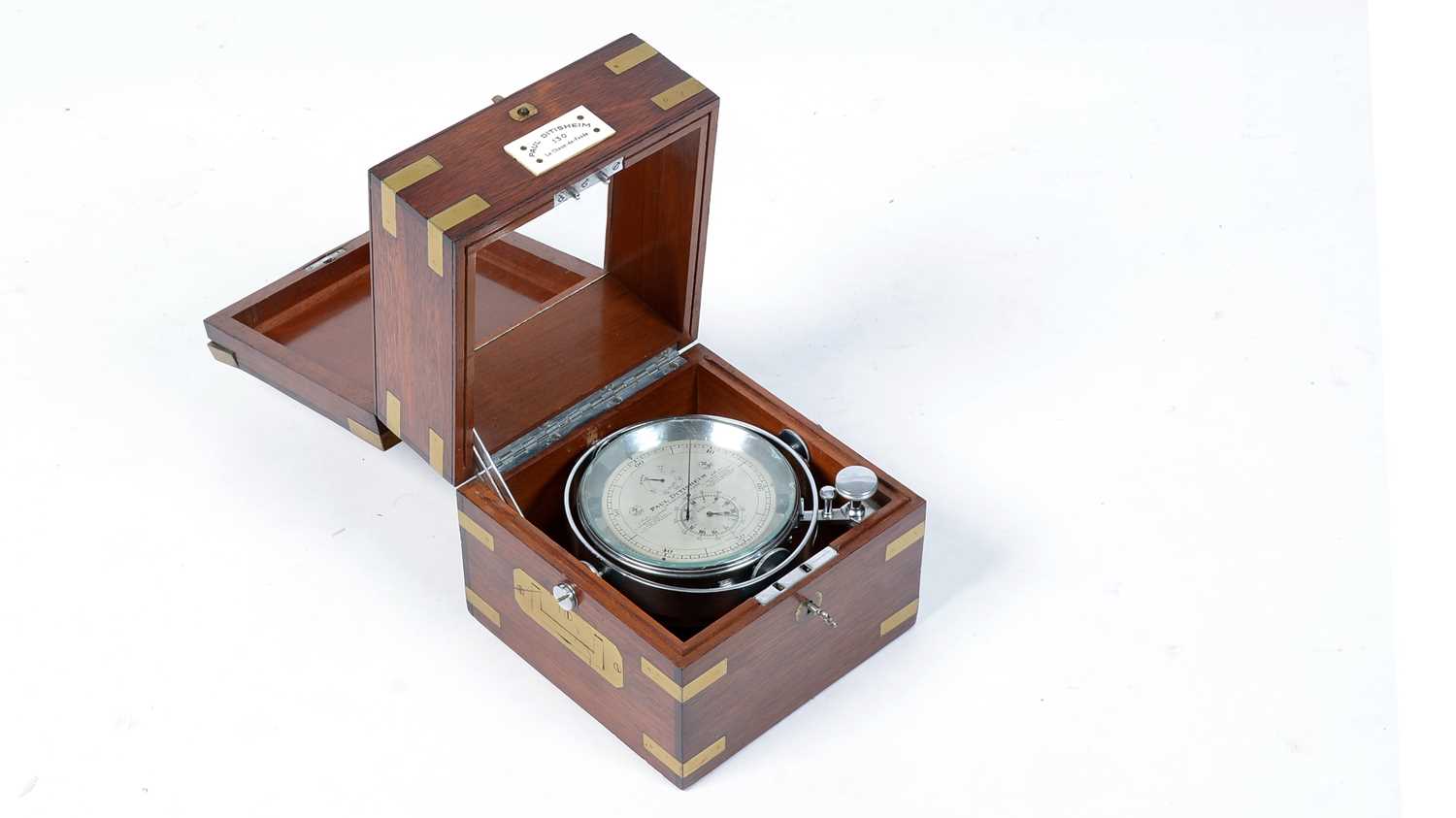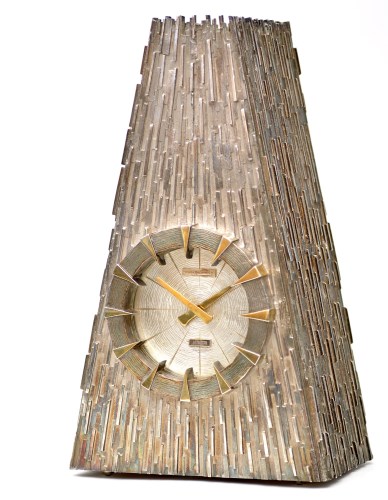Sell your Mantel Clock at auction.
Valuations of Mantel Clocks.
Mantel clocks ( or shelf clocks) are small domestic clocks made for the mantel, above the fireplace. They come in a huge range of styles.
Originating in France in the mid 18th Century, they were highly ornate and decorative, often combining ormolu (gilt bronze), porcelain, and wood.
In the 19th Century, once the spring driven movement was invented, their popularity spread across the world. Several countries produced huge numbers of decorative wooden and metal examples, including America and Germany. German clocks were made using a high level of craftsmanship, whereas American makes were mass produced.
Mantel clock design in late 19th and the early 20th Century was heavily influenced by the Art Nouveau and the Art Deco movements. Other materials were often used in their construction, such as marble and Bakelite.
The mid-late 20th Century saw the introduction of battery power and designs became even more stylish and varied.
We sell many hundreds of mantel clocks every year. The best examples are included in our dedicated clock sales held three times a year. Other clocks are sold in our fortnightly Town & County sales.
To arrange a free valuation with one of our specialists, here at Anderson House, call us on 0191 430 3000 or email info@andersonandgarland.com.

A French gilt metal and cloisonne mantel clock, the circular arabic dial signed 'Rainforth & Son, Paris''
Sold for £4,500

A rare and unusual Japanese carved hardwood and shibayama mantel clock, Meiji period,
the circular ivory dial with Kanji numerals, Japy Freres
Sold for £3,200
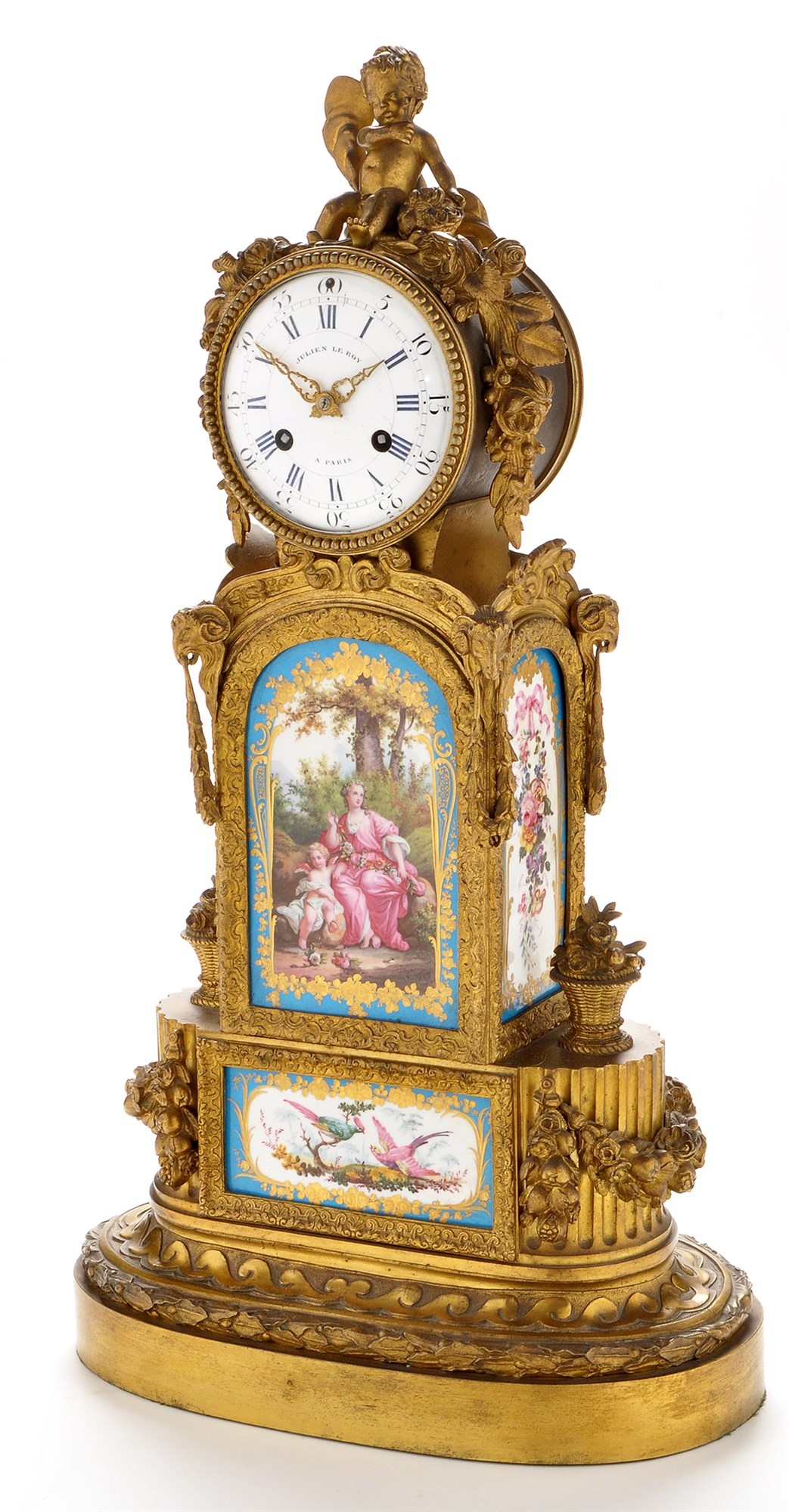
Julien Le Roy, Paris: an impressive French gilt bronze and porcelain moulded mantel clock,
Sold for £2,800
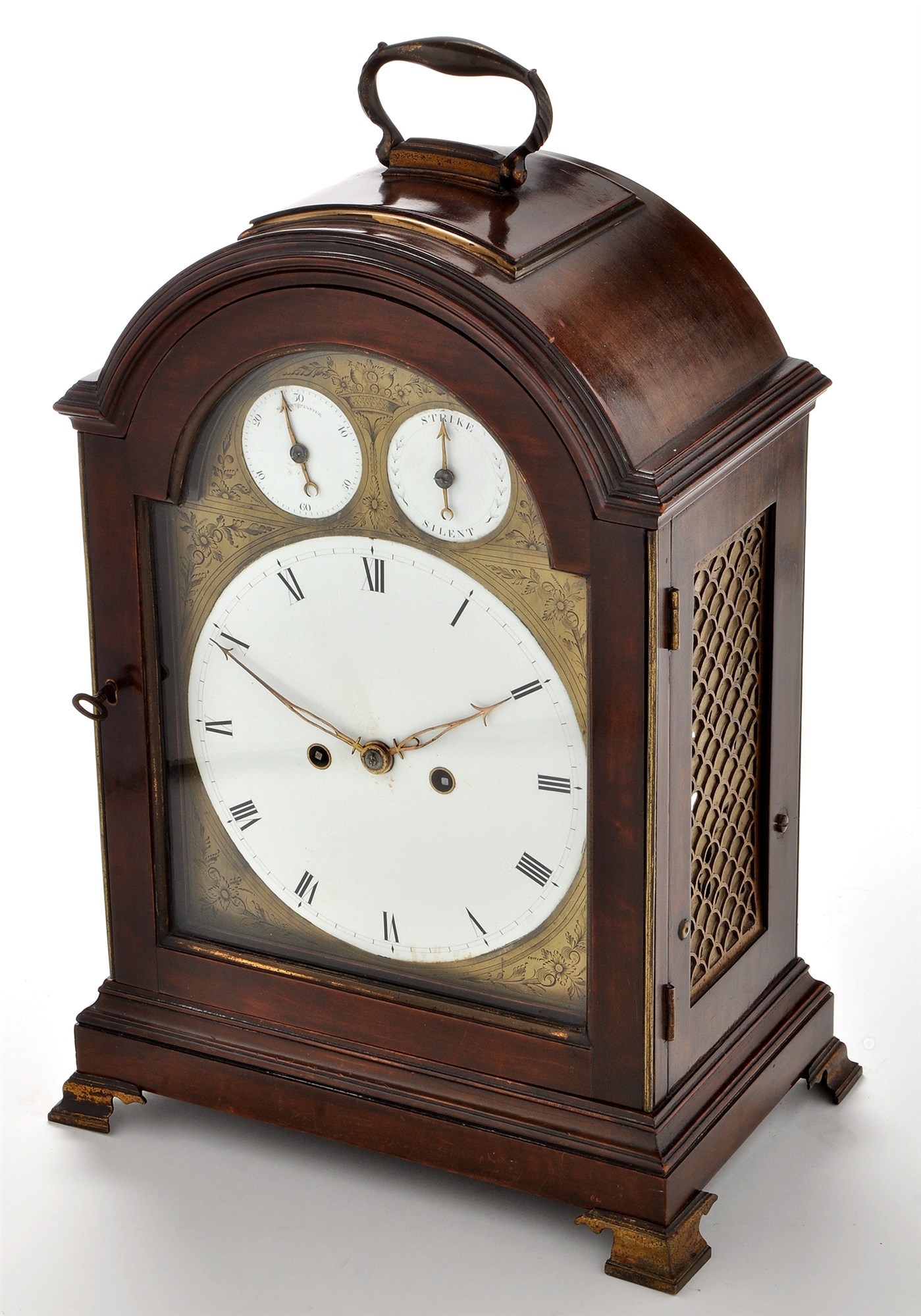
A George III mahogany cased mantel clock,
Sold for £2,800









